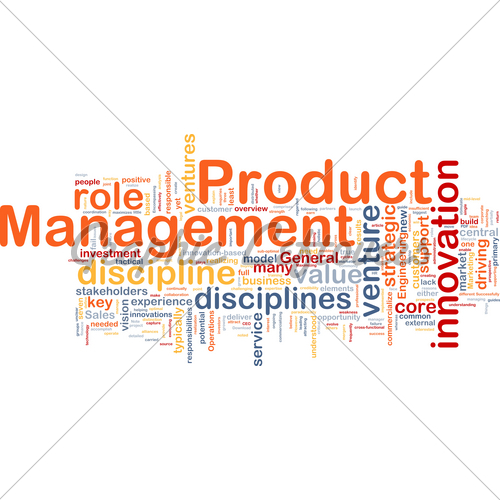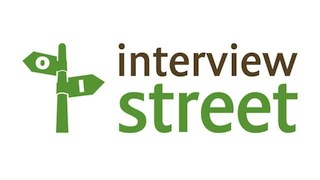Gandhi and Customer Centricity
The progression of Economic activity as it stands in the Global Economy today has accelerated from commodities->products->
Today we are already in the Experience Economy (Its Apple like experience, its not apple like products), but as professionals we are still grappling with how we build Products, let alone scaling the Economic activity to be staging experiences and guiding transformations!
While I am not an economist in any regard, and I do not understand the nuances of all industries and their current economic function in India (Are we building products? Are we providing services? or just plainly selling commodities?), its imperative that I comment on only Software and Services.
Before doing that, on the Gandhi Jayanti day, I would like to introspect what our Father-of-the-Nation tried to teach us, by emphasizing on making our own Salt, our own clothes with the Swadeshi Movement OR with his services at the Sabarmati Ashram. Essentially he articulated with his actions what our present day government is campaigning for “Make in India”. How did Gandhi understand the evolution of Economic activity more than a 130 years ago?
Because Gandhi was more customer centric a 100 years ago, than we are today. He empathized with every person, much better than we did. Let me quote the now cliched Gandhi’s quote on Customer Service “A customer is the most important visitor on our premises. He is not dependent on us. We are dependent on him. He is not an interruption in our work. He is the purpose of it. He is not an outsider in our business. He is part of it. We are not doing him a favor by serving him. He is doing us a favor by giving us an opportunity to do so.”
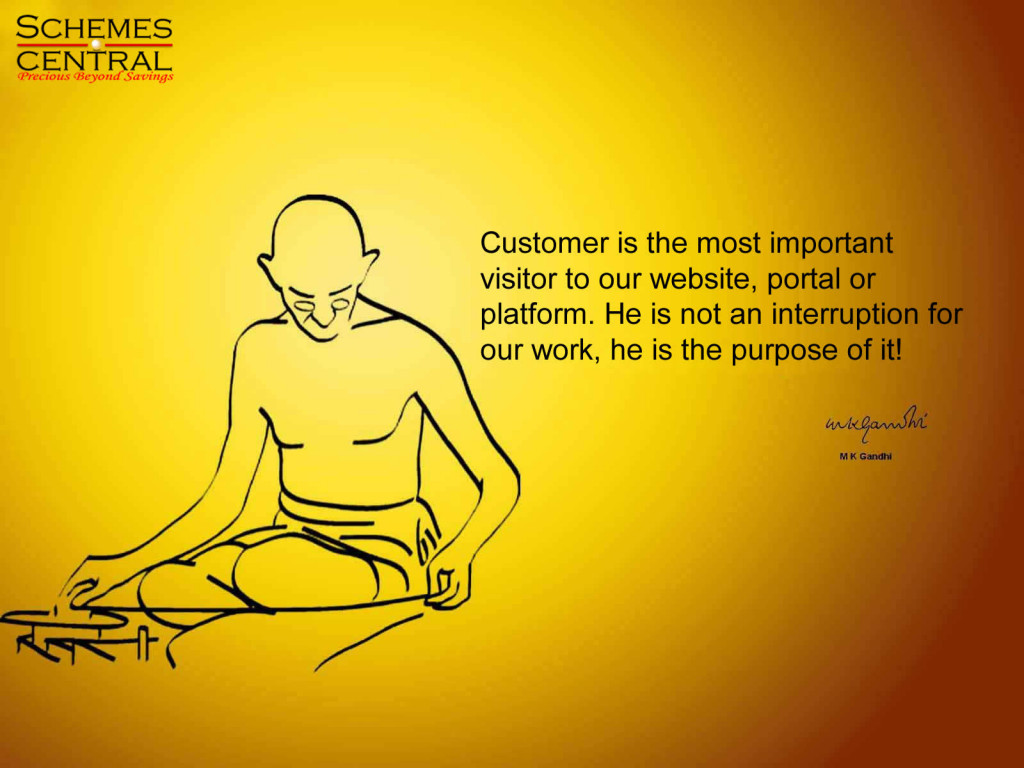
Empathy By Design
Come to think of it, our entire Indian Cultural ethos is based on Empathy. “Karuna” is the foundation of almost every teaching in our country. Indian institutionalization and Orientation has Empathy by Design. Then how is it, that we have failed to reciprocate to the needs of People? Why is it, that we have not built products, services, experiences that cater to the needs/wants/aspirations of people, when there is Empathy by Design in our culture?
Tough questions to answer universally or generally. However focusing on Software and Services, I think we have become too focused on Systems, Processes and Technology, rather than addressing the concerns of people. We have gotten too-carried away with Western philosophy of Professionalism, which emphasizes a lot on Systems, but empathizes little with people.
Let me give you a more concrete example. High exploratory and high mortality nature of software projects is like an Industry Standard. 9 out of 10 software initiatives don’t go anywhere, seems to be an easily accepted norm. All the cash-rich service majors in IT/ITES industry have not re-deployed their capital to building an Indian Apple today, because they seem to have accepted that Software products have a 9 in 10 chance of mortality. However what they have failed to realize, is all Lean Methods today propose Customer Development first, rather than Product Development. Build it and they will come, is almost an era of the past. Every Agile and Lean technique today is about keeping the Customer-centric view first and rapidly building tools, products, services, etc which empathize with the needs of people.
Making in INDIA
India however has a renewed emphasis on the Swadeshi movement. Its now called Making In India. Every body is now encouraged to make their products in India. However, I would like to draw your attention to Gandhi’s philosophy again, which has found a new meaning, with the Lean and Agile world. Customer Development is more important than Product Development.
Let me go a little further, the first realization all product entrepreneurs need to have is this “Customer is the Product”. Your product is just a medium/abstraction through which, you continuously develop your Customer. Stop fiddling with the Features and Benefits. They are the HOW and WHAT for your Customer. WHY the customer does anything with you and your Product, is essentially what we need to understand.
Making In India, is all about making the Customer or Consumer in India happier, healthier and wealthier each day. Do you have a plan for this? Why should you think about Making in India, is it only for Export? Well, here is why. All new ideas, new software product ideas are imperfect ideas, and need to be tested locally, and refined continually, before we can think of exporting. India today lacks any credible domestic infrastructure or support, to even make little bets, so ideas never go past their imperfect states, and hence never attain Global Standards. So, lets make and try it here first.

Conclusion
We are a country blessed with Empathy by Design. We are a nation which puts Emotions ahead of Professionalism. We are a nation that believes in Darshan (of all deities). Truth is, Customer is the first GOD. So, fellow Entrepreneurs, if there is one Gandhigiri that we need to learn, it is to do a full-darshan of every customer, their needs, their wants, their aspirations. We now realize Consumer Development is as important, if not more important than Product Development. Is’nt it then, not automatic, that building a Consumer-Centric Nation, is the first step to building a Product Nation. Lets go and create this change, and let initiatives like iSPIRT and ProductNation be the inspiration through which we can channel our aspirations and ideas. Happy Gandhi Jayanthi to all!

Read the Part 1 here Gandhigiri to the Software and Technology Entrepreneur!


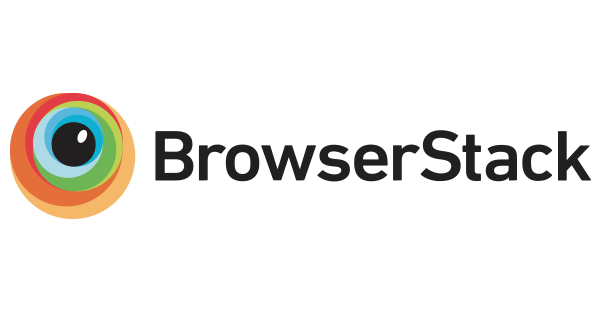 BrowserStack helps you test your website (internal or public) on 300+ desktop and mobile browsers on different Windows, Mac & mobile OS flavors. It solves the problem of not having to setup and maintain multiple Virtual machines and devices to test your website.
BrowserStack helps you test your website (internal or public) on 300+ desktop and mobile browsers on different Windows, Mac & mobile OS flavors. It solves the problem of not having to setup and maintain multiple Virtual machines and devices to test your website. 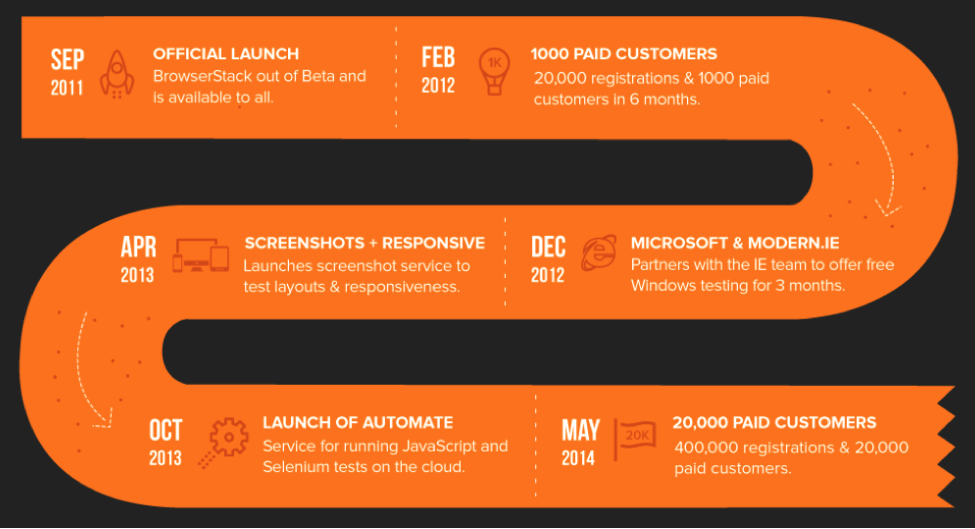

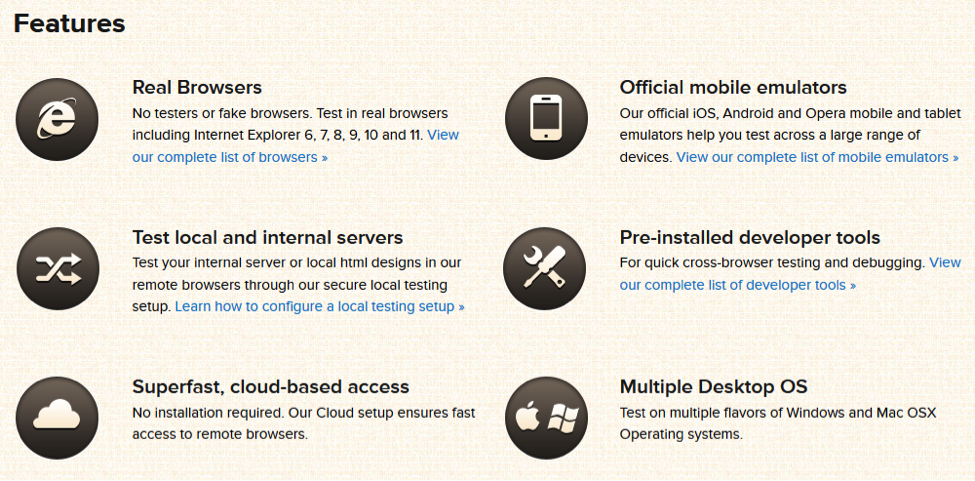
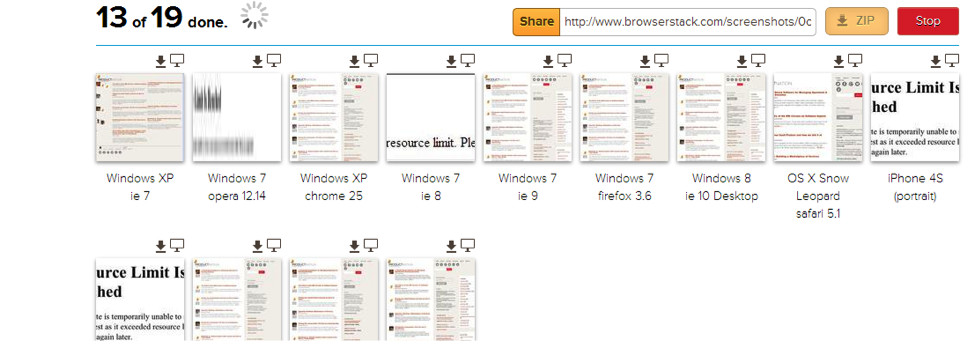
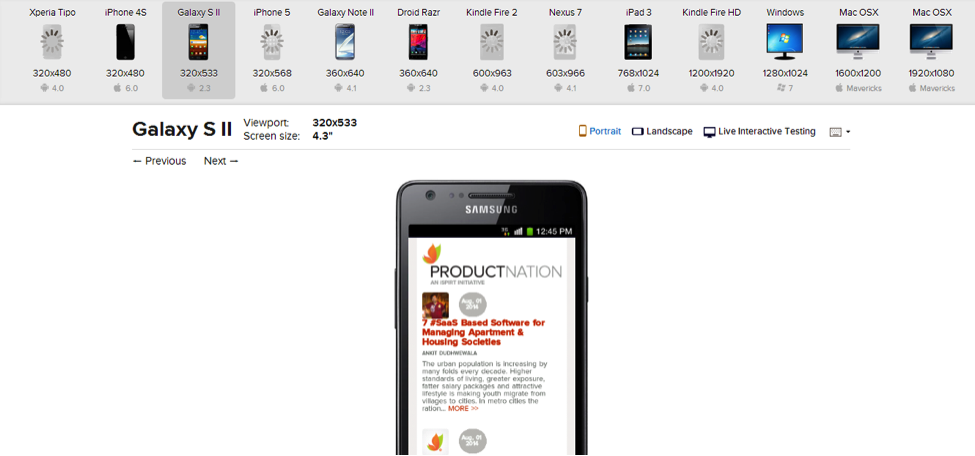
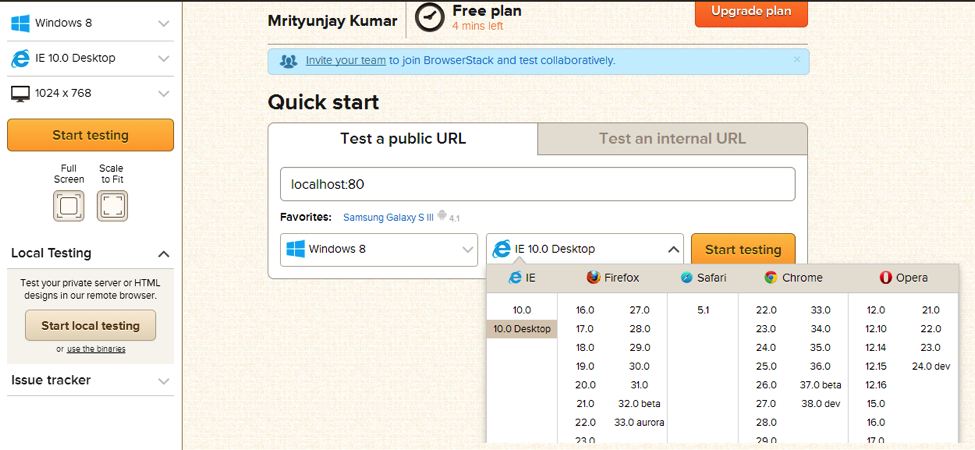
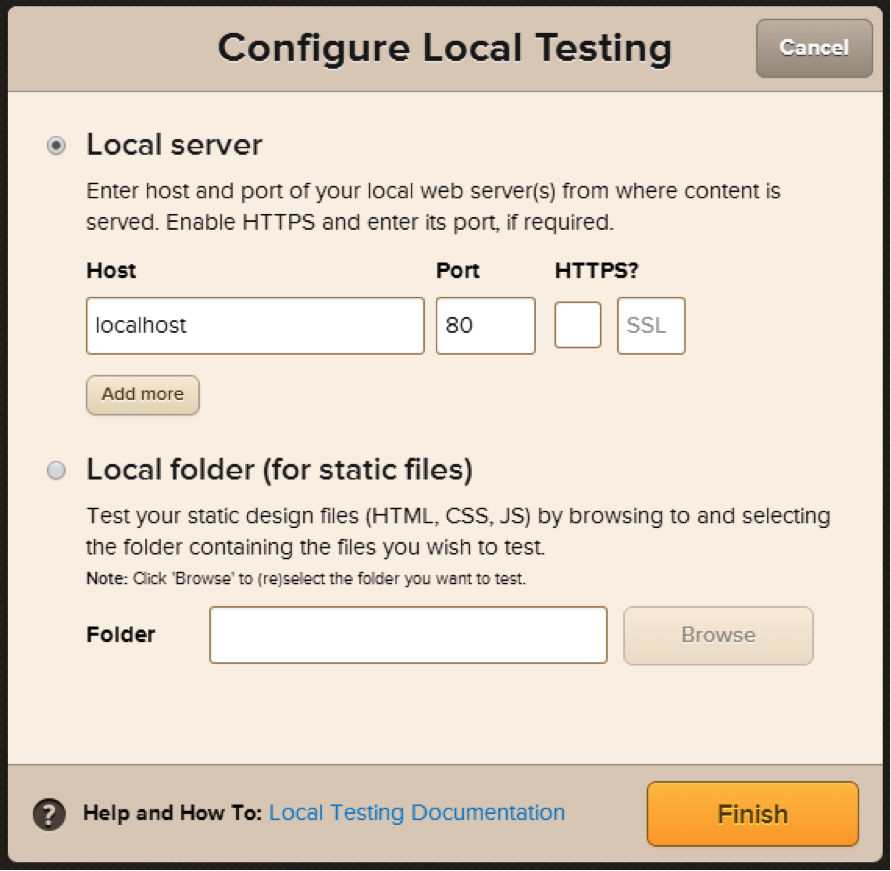

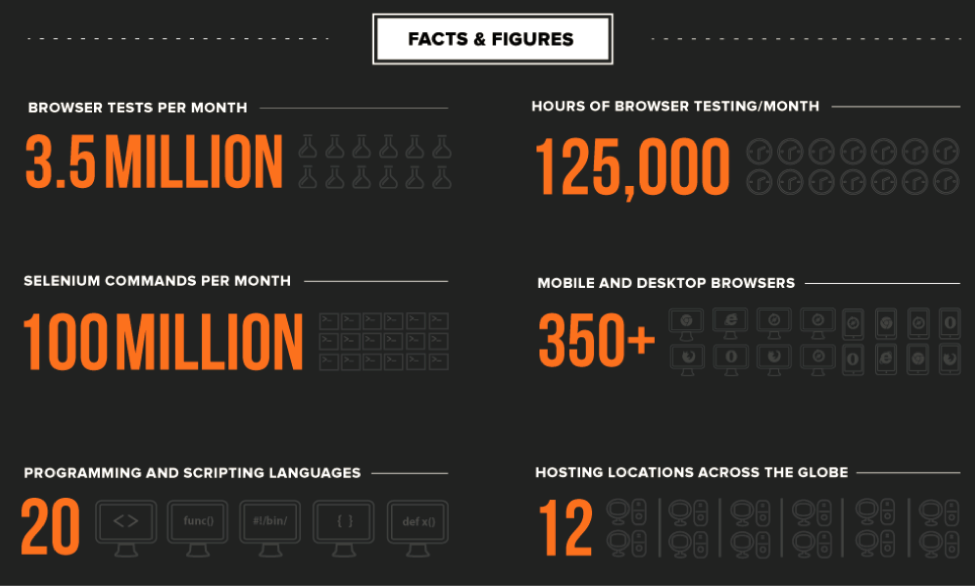
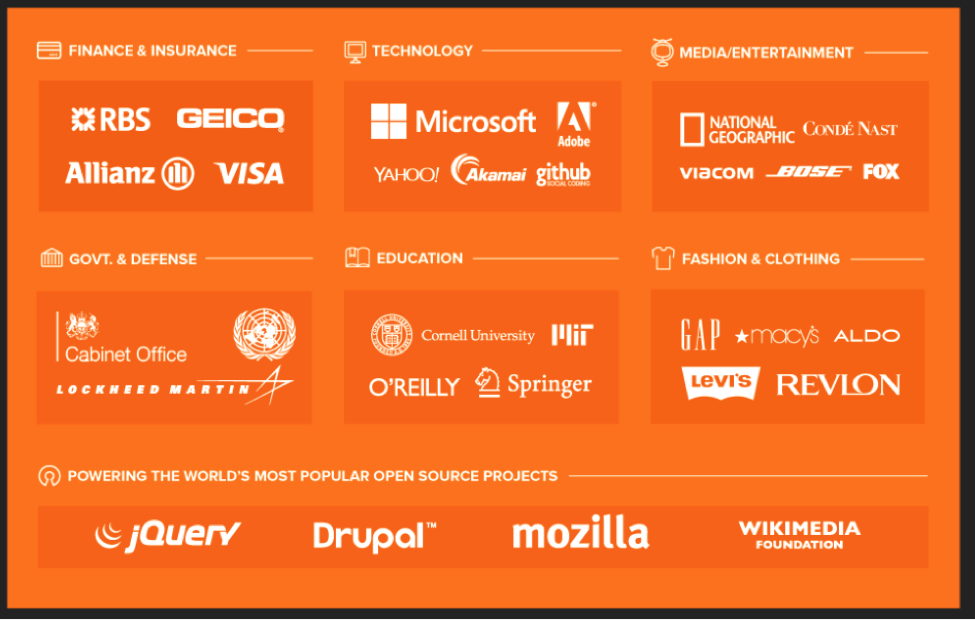

 K7 Computing is a leading provider of information security solutions that protect individuals and organizations from IT threats like viruses, malware and hacker attacks. The company, which builds world-class products and competes with global market leaders like McAfee and Symantec, first achieved major success in a foreign market like Japan, where it has a near 28% market share. The Chennai-based firm has now shifted focus to India and is poised to repeat its triumph in the domestic market.
K7 Computing is a leading provider of information security solutions that protect individuals and organizations from IT threats like viruses, malware and hacker attacks. The company, which builds world-class products and competes with global market leaders like McAfee and Symantec, first achieved major success in a foreign market like Japan, where it has a near 28% market share. The Chennai-based firm has now shifted focus to India and is poised to repeat its triumph in the domestic market. When I passed out of class x in 1984-85, I joined a computer programming course during my summer vacation. It was an occurrence that changed my life. I enjoyed programming so much that I decided this is what I wanted to do. System level assembly languages are what interested me most. While both software and hardware were equally exciting, I decided to get into antivirus solutions – more as a challenge to help people facing virus attacks.
When I passed out of class x in 1984-85, I joined a computer programming course during my summer vacation. It was an occurrence that changed my life. I enjoyed programming so much that I decided this is what I wanted to do. System level assembly languages are what interested me most. While both software and hardware were equally exciting, I decided to get into antivirus solutions – more as a challenge to help people facing virus attacks.